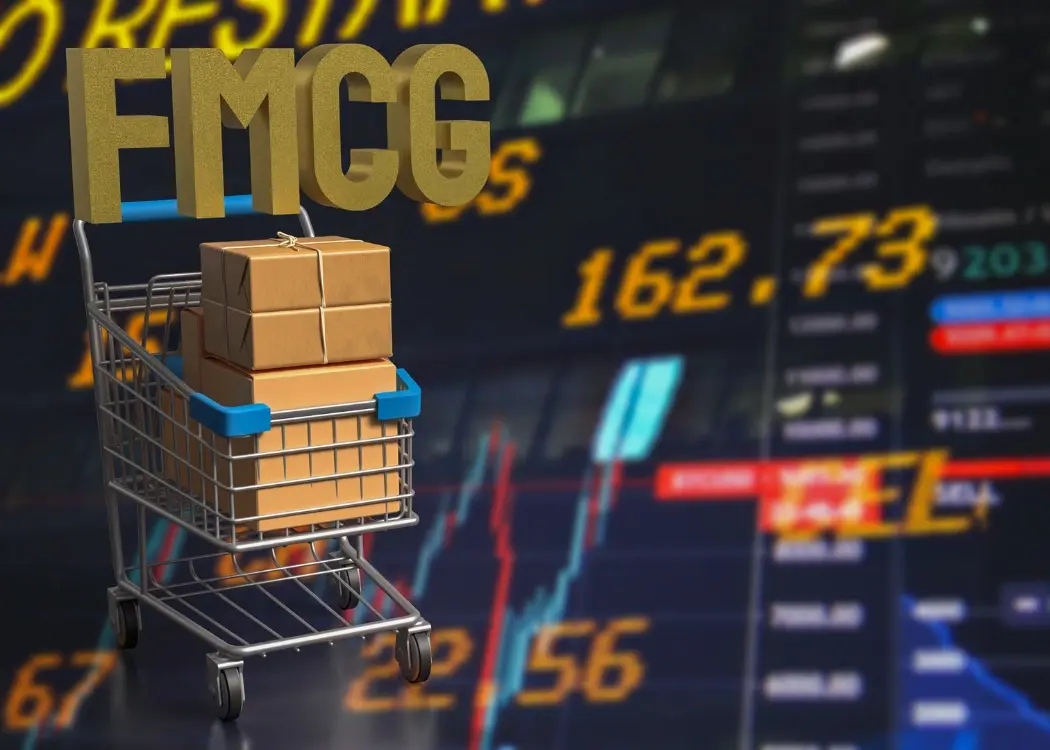How to streamline creative projects with a design management tool
In this article, we’ll explore how a design project management tool helps creative teams and brand managers stay organized, deliver faster, and...
4 min read
Ekaterina Skalatskaia
:
Apr 24, 2025 7:15:00 AM

FMCG brands face immense pressure to move fast, stay compliant, and deliver consistent packaging. This article explores why so many are adopting centralized artwork solutions like Cway® to simplify processes and scale efficiently.
Packaging in the fast-moving consumer goods (FMCG) sector is more than just a design challenge—it's a multidimensional process that touches nearly every part of a product’s lifecycle. From concept to shelf, a single piece of packaging must go through numerous iterations, approvals, and regulations—all while keeping up with tight timelines and global demands.
Let’s break down why FMCG packaging is so complex:
FMCG brands frequently launch new products, update flavors, tweak branding, or run seasonal campaigns. Every time a label or box changes, artwork must be updated, reviewed, and approved—often across different departments and geographies.
Example:
A global snack brand like Lay’s might launch limited-edition flavors across different countries. Each version requires different text, regulatory icons, and translations—yet all must look visually aligned with the core brand.
Creating packaging isn’t just a designer’s job. A single artwork file might involve:
Brand managers
Packaging engineers
Legal and compliance teams
Printers
Marketing departments
With so many people involved, it's easy for files to be overwritten, feedback to be lost in email chains, or approvals to lag behind—especially when teams work in different time zones.
Example:
In large companies like Unilever, artwork passes through 10+ hands before it’s finalized. Without centralized control, version confusion and miscommunications are common.
Each market has specific packaging laws. These can include:
Language requirements
Nutritional declarations
Allergen labeling
Environmental symbols (like recyclability icons)
Failing to meet these regulations can lead to fines, product recalls, or brand damage. FMCG companies must ensure every single variant of packaging meets local requirements.
Example:
A dairy brand exporting yogurt to the EU and Middle East may need vastly different labeling—Arabic translation, halal certification, or specific nutritional formats depending on the country.
FMCG brands often manage hundreds or thousands of SKUs across different regions. This means endless variations in packaging size, color, language, and messaging.
Example:
A company like Nestlé manages product variations for everything from chocolate bars to baby formula. Each SKU needs tailored artwork—and tracking all of it through spreadsheets and PDFs becomes unsustainable at scale.
Different printers use different specs, color profiles, or dieline templates. Managing and delivering print-ready files that match exact production needs requires precision—and often manual coordination.
Example:
A packaging team may need to create one version of a label for flexographic printing in Asia and another for digital printing in Europe—with entirely different file specs.
In FMCG, packaging errors are costly. A single misprint can mean:
Product delays
Disposal of entire print runs
Regulatory fines
Loss of consumer trust
Add to that the pressure to launch on time—and the need for flawless execution becomes critical.
Discover how Cway® helps brands streamline packaging design, approvals, and artwork collaboration.
Explore our design project management solution
Centralized artwork solutions are cloud-based platforms that bring all packaging assets, workflows, and stakeholders into one collaborative space. They let teams upload, review, approve, store, and manage everything related to packaging artwork—securely and in real time.
A good centralized artwork solution should offer:
A single source of truth for all artwork files
Version control with full traceability
Automated workflows for reviews and approvals
Compliance checkpoints built in
Quick search and retrieval for all assets
Pro Tip: Centralizing your artwork files isn’t just about efficiency—it’s also about risk reduction. Brands using Cway® reduce packaging errors by up to 40%, simply by eliminating version confusion.
Want to understand the foundation of it all?
Read: what is artwork management? – and see how it transforms packaging workflows from chaos to control.
In the FMCG space, timing is everything. Launching a new product or redesigning a label can’t take weeks of back-and-forth. Centralized solutions like Cway® software allow teams to collaborate simultaneously—so nothing is bottlenecked by emails or outdated files.
Global FMCG brands deal with multiple markets and languages. Without centralized control, inconsistencies creep in. Cway® ensures every version of every package is brand-compliant and localized appropriately.
Wrong ingredients, typos, or outdated regulatory labels can lead to recalls or fines. With centralized checks and version tracking, teams using Cway® dramatically reduce human error and last-minute surprises.
Packaging in the FMCG sector must follow strict industry and regional regulations. Cway® helps compliance managers flag non-compliant artwork during the review stage—saving time, money, and reputation.
When marketing, packaging, regulatory, and production work in silos, things fall through the cracks. Cway® unifies everyone in one platform, making collaboration smoother and faster.
Cway® is built specifically for the challenges of packaging and artwork management. It supports FMCG teams by:
Centralizing all design and media assets
Allowing stakeholders to review and approve in real time
Tracking every change and decision with full transparency
Reducing manual steps through automated workflows
Whether you're launching a new product or updating nutritional labels, Cway® makes the process simple, secure, and scalable.
If you're in FMCG and your job involves packaging in any way, Cway® is for you:
Brand managers – ensure visual consistency
Packaging designers – get clear, trackable feedback
Compliance teams – flag issues early and meet regulations
Production and marketing – work in sync, not in silos
FMCG brands can’t afford slow, error-prone packaging processes. Centralized artwork solutions like Cway® software help teams move faster, collaborate better, and launch products with confidence. If your packaging workflows are still stuck in email chains and spreadsheets, it’s time to make the switch.
Cway® software helps FMCG teams:
Centralize packaging assets
Automate approvals and feedback
Ensure version control
Accelerate time-to-market
Avoid costly packaging errors
It’s a smart, scalable solution designed for brand managers, designers, and compliance teams.
Yes. Solutions like Cway® allow you to manage regional variants, translations, and regulatory requirements in one place. This makes it easier to launch globally while maintaining brand alignment and local compliance.
Cway® tracks every change, provides clear version history, and enables real-time collaboration. Teams can comment, approve, and flag issues directly within the platform—avoiding miscommunications and reducing last-minute mistakes.

In this article, we’ll explore how a design project management tool helps creative teams and brand managers stay organized, deliver faster, and...

In today’s competitive FMCG and consumer goods landscape, packaging is no longer just a container—it’s a key brand experience. Packaging must...

Automated artwork management is transforming how brands, agencies, and printers manage their packaging design process. In this article, we explore...